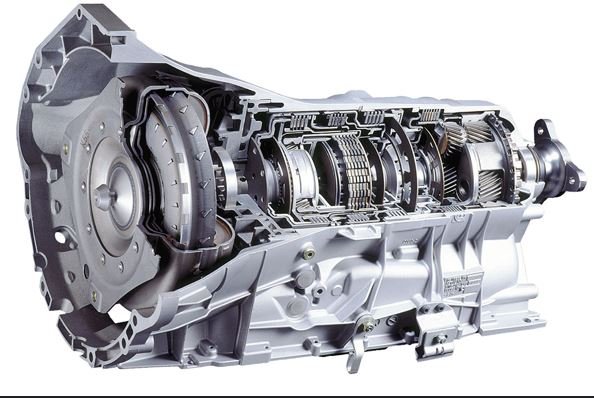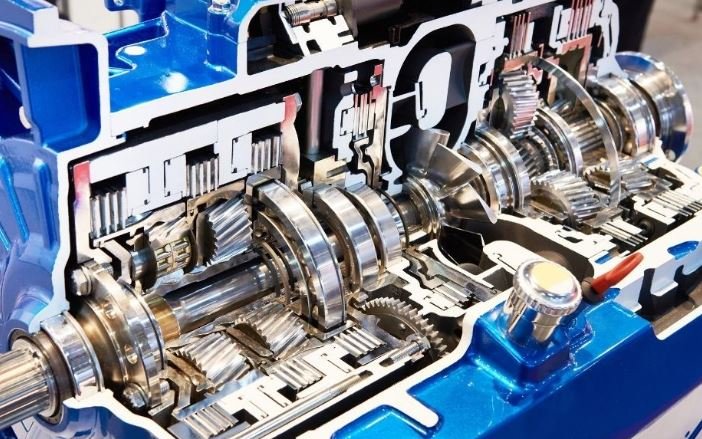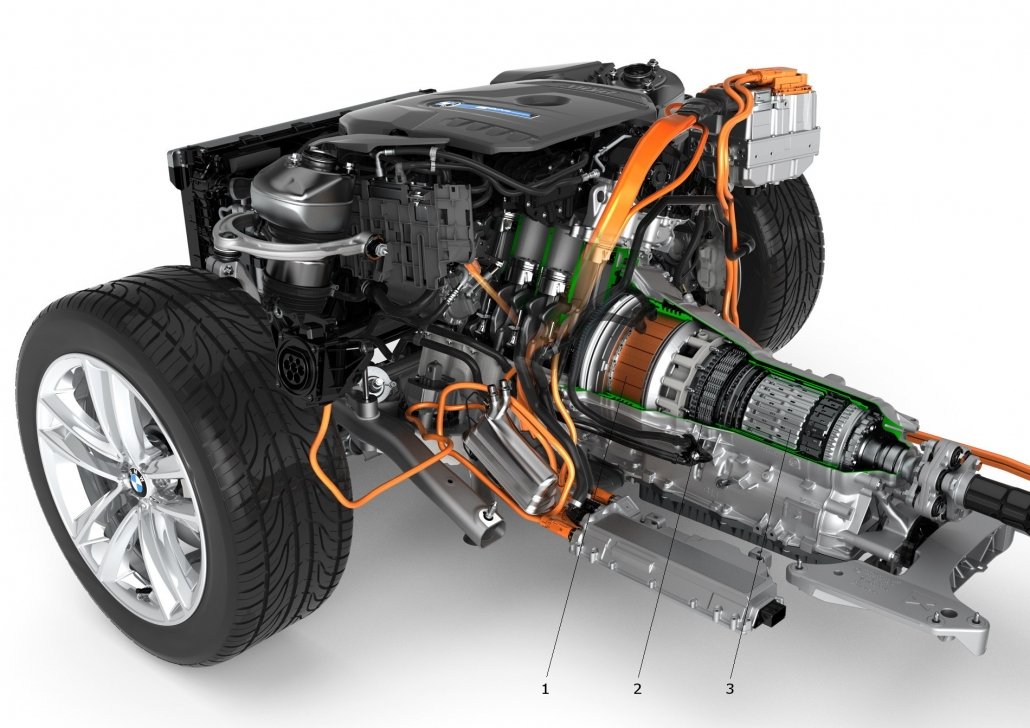The transmission system is a critical component of your vehicle, responsible for transferring power from the engine to the wheels. Understanding the various car transmission parts and their functions can help you maintain and repair your vehicle more effectively. This guide explores the essential transmission parts, their roles, and tips for ensuring optimal transmission performance.
1. Transmission Overview
The transmission system includes various parts that work together to ensure smooth and efficient power transfer. It controls the vehicle’s speed and torque by adjusting gear ratios. Proper maintenance and understanding of transmission parts are crucial for avoiding costly repairs and ensuring reliable vehicle performance.

2. Transmission Fluid
Transmission fluid lubricates and cools the transmission parts, ensuring smooth operation. It also helps with shifting gears and maintaining proper pressure within the transmission system. Regularly checking and changing the transmission fluid according to the manufacturer’s recommendations is essential for optimal performance and longevity.
3. Torque Converter
The torque converter connects the engine to the transmission and plays a vital role in transferring power. It uses hydraulic fluid to multiply engine torque and allows the vehicle to come to a complete stop without stalling. A malfunctioning torque converter can lead to poor acceleration and slipping.
4. Clutch
In manual transmissions, the clutch engages and disengages the engine from the transmission, allowing for smooth gear changes. The clutch consists of several components, including the clutch pedal, pressure plate, and clutch disc. Regular inspection and timely replacement of worn clutch components are crucial for maintaining smooth shifting.
5. Gearbox
The gearbox contains the gears that control the vehicle’s speed and torque. It allows the driver to select different gears based on driving conditions. Automatic transmissions use a complex gearbox with multiple gears and shift solenoids, while manual transmissions have a simpler gearbox with a set of gears that the driver selects manually.
6. Shift Linkage
The shift linkage connects the gear shifter to the gearbox, allowing the driver to select different gears. It can be either mechanical or electronic, depending on the vehicle’s design. Proper maintenance and adjustment of the shift linkage ensure smooth and accurate gear changes.
7. Transmission Control Module (TCM)
The Transmission Control Module (TCM) is an electronic component that manages the transmission’s operation in automatic transmissions. It uses sensors to monitor various parameters, such as engine speed and throttle position, to determine the optimal shift points. A malfunctioning TCM can lead to erratic shifting and performance issues.
8. Planetary Gearset
The planetary gearset is a critical component in automatic transmissions, providing multiple gear ratios within a compact space. It consists of a sun gear, planet gears, and a ring gear, allowing for smooth and efficient shifting between gears. Proper maintenance of the planetary gearset is essential for reliable transmission performance.
9. Valve Body
The valve body is responsible for directing transmission fluid to the appropriate channels to engage the correct gears. It contains various valves and solenoids that control the flow of fluid and ensure smooth shifting. A malfunctioning valve body can lead to shifting problems and reduced transmission performance.
10. Conclusion
Understanding the various transmission parts and their functions is essential for maintaining and repairing your vehicle’s transmission system. Regular maintenance, timely fluid changes, and addressing issues promptly can help ensure smooth and reliable operation. By staying informed about transmission components, you can keep your vehicle running efficiently and avoid costly repairs.




